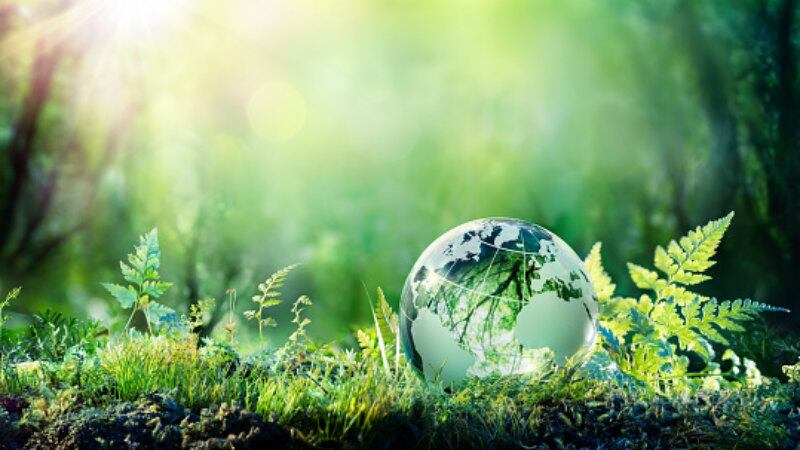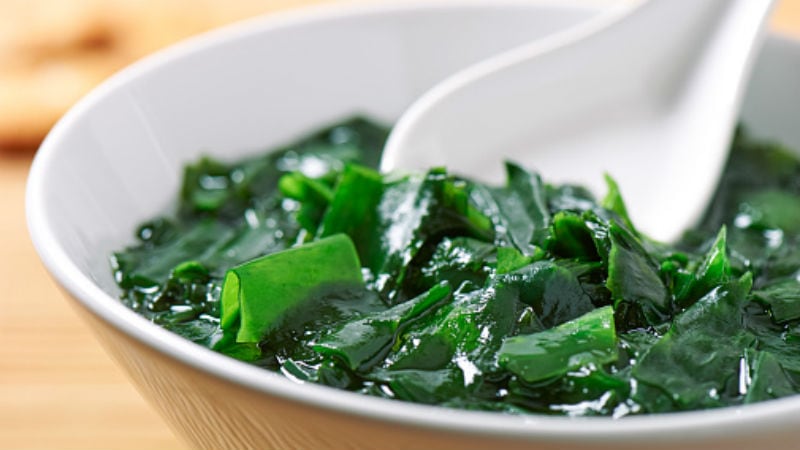The company has some 48 manufacturing sites across the globe, but the bulk of its operations (41 sites) and revenue (NZ$13.84bn/US$9.13 out of NZ$20.11bn/US$13.3bn) sits within the Asia Pacific region.
This is especially so in its home-ground of New Zealand (29 sites, NZ$2.18bn/US$1.44bn), where Fonterra has also emphasised its role in tackling environmental challenges related to global warming and sustainability.
“It is all about the importance of how we look after our environment, how we look after our people, and how we look after our animals,” Fonterra CEO Asia Pacific Judith Swales told FoodNavigator-Asia.
“More and more, we’re focusing on sustainable packaging, and we think that [sustainability] as a whole is going to be increasingly important to consumers and have a significant impact on the brands that they choose to purchase.”
“This includes things like where the product is made, how it is made, and the impact on the environment.”
In the report, the three key areas of Healthy People, Healthy Environment and Healthy Business were highlighted. As part of its Healthy People objective, one major aspect was the role of its dairy products in providing nutrition, health and food safety to contribute to a sustainable food system.
“Dairy products can play a valuable role in addressing deficiencies in diets and improving the health and wellbeing of people around the world,” said the report authors.
“We’ve rolled out Health Star Ratings on 92% of our applicable products in New Zealand, [and] have also been investing in innovation via our Fonterra Research and Development Centre (FRDC), [which] drives scientifically-supported benefits from dairy to meet the nutritional needs and expectations of society.
“This year we were granted four new patents, including Fonterra’s first ever patent in the area of food safety & quality, [and] our targets for Fonterra consumer branded products globally are to have 75% of [these] meet endorsed nutritional guidelines by 2020, and raise this to 100% by 2025.
“We will continue to improve the nutritional value of our consumer branded products and minimise added sugars, salt and refined carbohydrates.”
Another important aspect highlighted here was food safety, which Fonterra aims to significantly improve via its Traceability Programme.
“Over 99% of all our New Zealand milk is electronically traceable back to daily farm collection, and 93% of our global supply chain,” said the authors.
“We can track the origins of nearly any product within minutes, and deliver traceability reports to teams around the Co-operative within three hours.”
The aim by the end of 2020 is to achieve total electronic traceability from finished product back to milk supply for all Fonterra products globally.
Packaging
Packaging and waste management was also highlighted as one of the firm’s major sustainability priorities, and it has laid down several new targets to drive progress in this direction.
“Packaging is vital for delivering safe and quality nutrition and is also a large component of our direct and indirect waste,” said the report authors.
“This year we [have] set specific global targets to guide our efforts: We aim for all our packaging to be 100% recyclable, reusable or compostable by 2025, and to achieve zero solid waste to landfill by 2025 as well.”
Fonterra determined that over 90% of its finished goods packaging designed for the Australian market is considered recyclable, but due to technological challenges, has not yet been able to do the same for its operations in the rest of the world.
“We are now undertaking a detailed assessment of the packaging materials we use [in other countries where we do business], how these are combined into finished goods and the typical recycling infrastructure available in the main markets where we sell these products,” they said.
Research by the FRDC is also underway to identify and evaluate alternative sustainable packaging materials and solutions.
“We will continue to reduce the quantities of materials used, minimise waste across our full value chain, reduce solid waste sent to landfill from all operational sites and transition our finished goods into packaging which is more readily recyclable,” Fonterra added.





